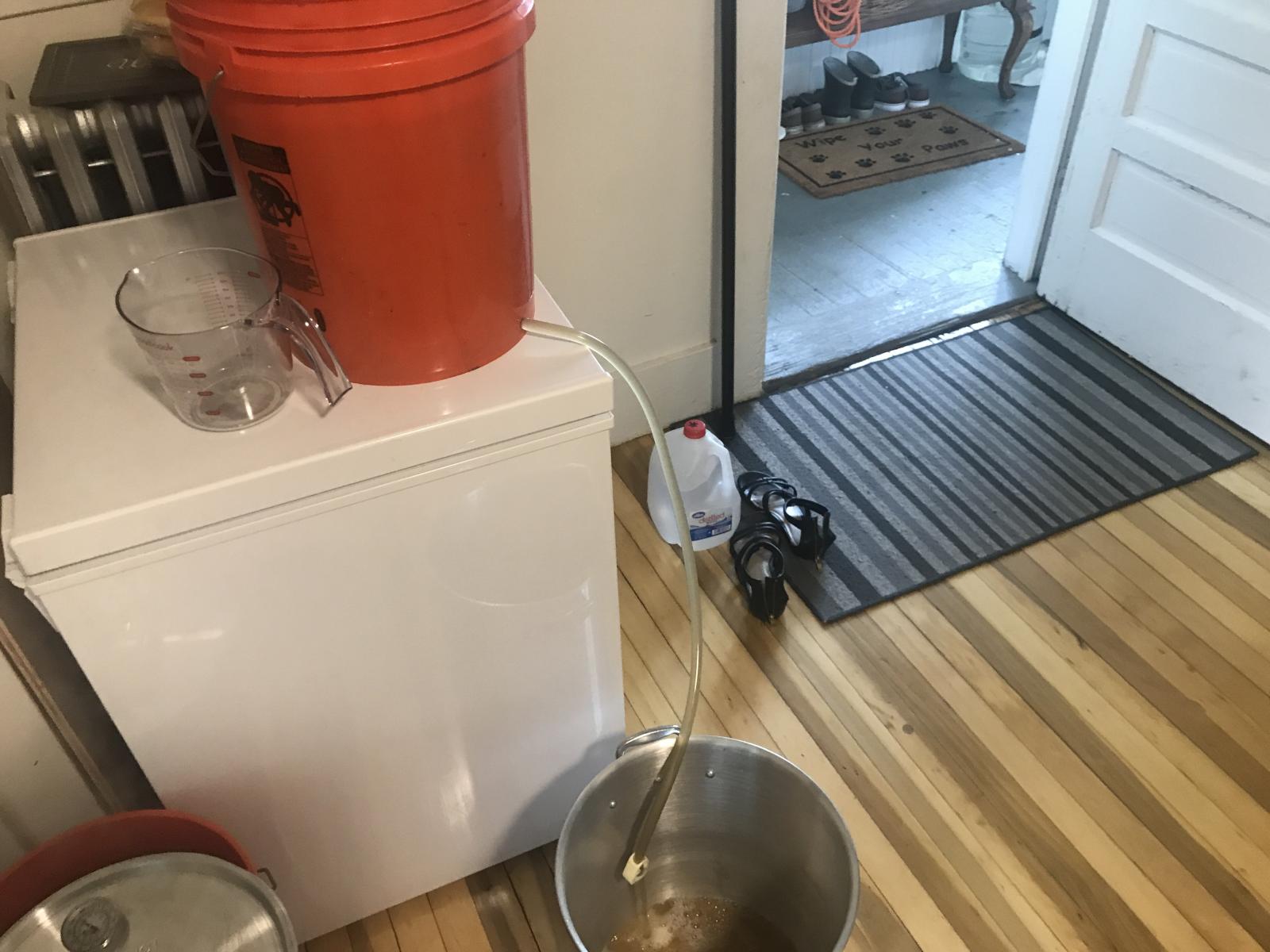stickyfinger
Well-Known Member
The method espoused on lowoxygenbrewing.com and similar is to rack the beer into a water purged keg through the liquid dip tube with about 4-6 gravity points remaining and spund the keg. This can be as simple as just sealed it up and letting it ride for another few weeks.
This style normally calls for a massive dry hop or two, which complicates this.
So dry hop at 1.020 for a couple days to scrub the oxygen introduced by the hops, then add priming solution to the fermenter, wait for fermentation to restart (~1 h), then rack to a keg as described above.
that sounds reasonable for something to try, add the priming sugar to the primary and rack the lot into the keg and let rest a few days before chilling down. again, something that would be very exciting to do as a side-by-side experiment.












































![Craft A Brew - Safale BE-256 Yeast - Fermentis - Belgian Ale Dry Yeast - For Belgian & Strong Ales - Ingredients for Home Brewing - Beer Making Supplies - [3 Pack]](https://m.media-amazon.com/images/I/51bcKEwQmWL._SL500_.jpg)
















